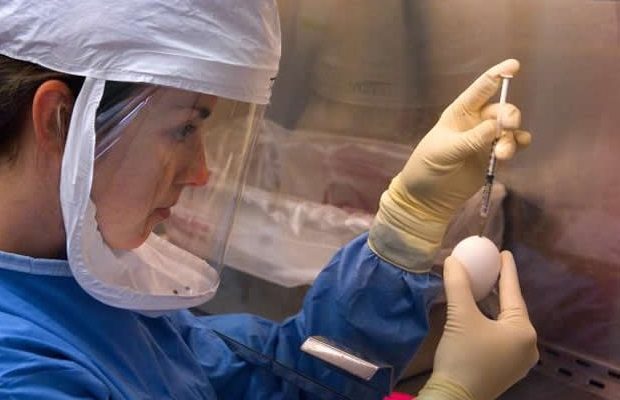Cetaqua and the BIOCOM-UPC research group develop a mathematical model to predict SARS-CoV-2 incidence in Catalonia using wastewater-based epidemiology.
Wastewater-based epidemiology has proven a useful tool for epidemiological monitoring during the COVID-19 pandemic. However, few quantitative models comparing virus concentrations in wastewater samples and cumulative incidence have been established.
In this context, academic and research organizations have published a paper in which they used a mathematical model to study the relationship between SARS-CoV-2 concentration in wastewater and the cumulative incidence for full infection waves during the pandemic. Under the title "Assessing wastewater-based epidemiology for the prediction of SARS-CoV-2 incidence in Catalonia", the work was featured in the COVID-19 collection of Scientific Reports, a scientific journal published by Nature.
Establishing a numerical relationship makes it possible to know the number of infected people in a defined area by analyzing a sample of drainage water. Thus, the mathematical model developed allows to relate virus concentration at the influent of wastewater treatment plants with the cumulative incidence reported at hospitals in the corresponding area during an infection wave. The model was then used for short-term forecasting during infection waves and compared to a local linear model.
Both scenarios were tested using a dataset composed of samples from 32 wastewater treatment plants and severe acute respiratory syndrome coronavirus 2 (SARS-CoV-2) incidence data covering the corresponding geographical areas during a 7-month period, including two infection waves.
The study has been conducted by Clara Prats, Daniel López-Codina, Enric álvarez-Lacalle and Sergio Alonso, researchers at the Computational Biology and Complex Systems Group (BIOCOM-UPC) of the Universitat Politècnica de Catalunya-BarcelonaTech (UPC); Martí Català, from the Nuffield Department of Orthopaedics, Rheumatology and Musculoskeletal Sciences of the University of Oxford (UK); and Bernat Joseph Duran, Albert Serra Compte, Miquel Sàrrias, Susana González and Marina Arnaldos, from Cetaqua, the Water Technology Centre.
Digital Area project manager Bernat Joseph Duran explains that "the mathematical model based on wastewater data has shown a good correlation with cumulative cases and has allowed us to anticipate SARS-CoV-2 incidence in one week, which is of special relevance in situations in which the epidemiological monitoring system cannot be fully implemented."
We have demonstrated that it is possible to conduct quantitative epidemiological monitoring based on wastewater analysis, which is a viable and interesting proposal. Collaborating with Cetaqua has been a privilege: public-private collaboration in research is essential!".
Clara Prats, Researcher, BIOCOM-UPC
This collaboration has been particularly fruitful, considering the UPC's experience in mathematical epidemiology and Cetaqua's knowledge and expertise in integrated water cycle management and virus persistence in sewage. The study was conducted using the data published by the Catalan Institute for Water Research (ICRA) and the Government of Catalonia.
Universitat Politècnica de Catalunya · BarcelonaTech (UPC)
Joseph-Duran, B., et al. (2022) Assessing wastewater-based epidemiology for the prediction of SARS-CoV-2 incidence in Catalonia. Scientific Reports. doi.org/10.1038/s41598-022-18518-9.
Posted in: Device / Technology News | Disease/Infection News
Tags: Coronavirus, covid-19, Epidemiology, Musculoskeletal, Pandemic, Research, Respiratory, Rheumatology, SARS, SARS-CoV-2, Severe Acute Respiratory, Severe Acute Respiratory Syndrome, Syndrome, Virus
Source: Read Full Article
